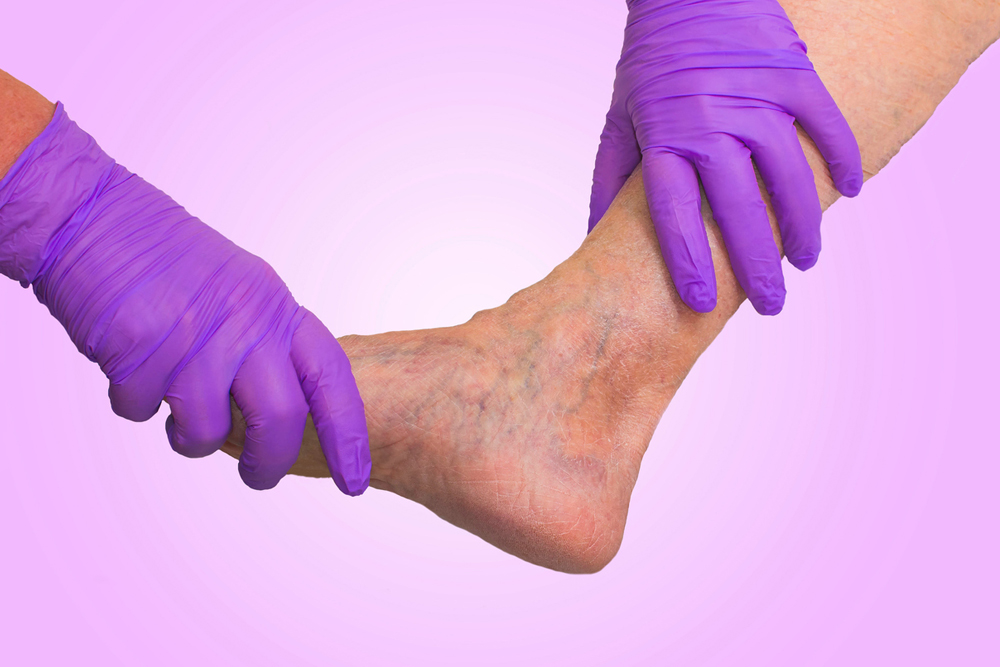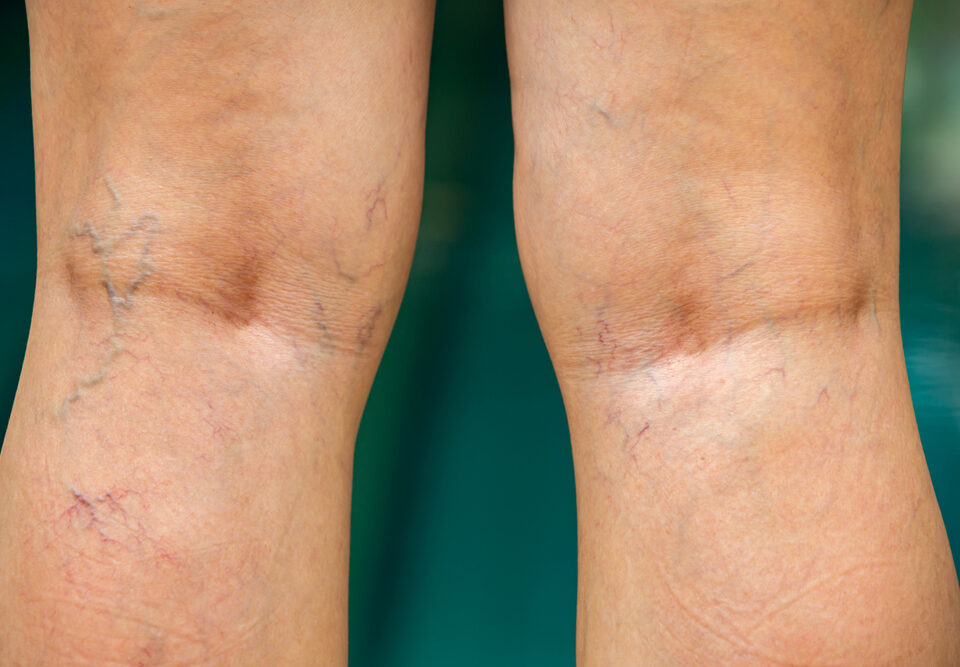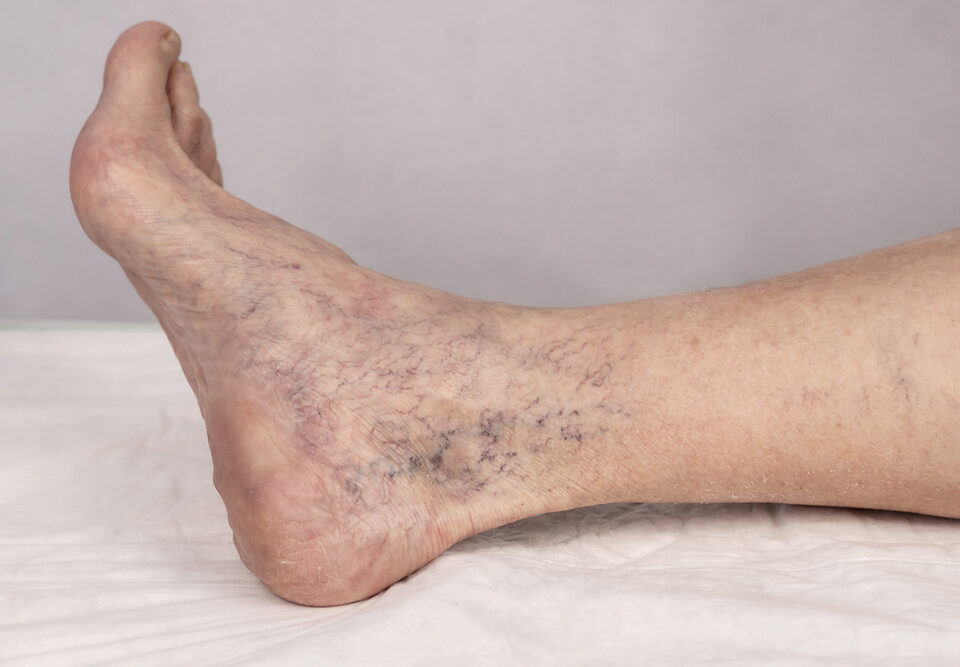Your arteries are responsible for carrying oxygen-rich blood from your heart to the rest of your body. Your veins then carry the de-oxygenated blood back to the heart. Venous insufficiency refers to when your veins have trouble sending blood from the limbs back to your heart. This condition can lead to symptoms such as pain and swelling, particularly in the legs.
What Causes Venous Insufficiency?
Valves in your veins stop the blood from flowing in the reverse direction. Venous insufficiency is often caused by a disorder in the valves, which results in blood flowing backwards. An obstruction in the vein, such as a blood clot, can also restrict blood flow and cause it to back up and pool in the legs. Valves may also become damaged in varicose veins, which also leads to venous insufficiency.
Venous insufficiency is more common in women than men. If you sit or stand for prolonged periods of time without moving, it can also raise the pressure in your veins and weaken the valves. Other factors that may put you at higher risk of developing this condition include:
- Obesity
- Being over the age of 50
- Being a smoker
- Pregnancy (or if you have had more than one pregnancy)
- A family history of venous insufficiency
- If you have varicose veins or have had a blood clot
Symptoms of Venous Insufficiency
Problems with veins can cause swelling and skin changes, typically in the legs. Symptoms of venous insufficiency can include:
- Swelling
- Pain and heaviness
- Leg cramps or spasms
- Itching
- Changes in the skin’s appearance (discoloration or leathery texture)
- Varicose veins
In severe cases, leg ulcers can develop, which can lead to complications such as infection.
Treatment For Venous Insufficiency
The main goal of treatment is to stop swelling and to prevent leg ulcers from developing. Treatments can vary depending on the severity of the condition, your age, and your symptoms. Some simple lifestyle changes can help improve blood flow in your legs, such as:
Wearing compression stockings can help prevent blood from pooling in the legs. Compression stockings are made up of strong elastic to put significant pressure on the legs, feet, and ankles. The pressure forces blood through narrower channels, which increases arterial pressure and causes more blood to return to the heart and less blood to pool in the legs and feet.
Avoid sitting down or standing for prolonged periods. If you do sit for long periods, perform stretches every couple of hours or so. Make sure you take breaks to sit down if you stand up for long periods of time to lower the pressure on your legs.
Regular exercise helps increase blood flow. Walking is a great way to strengthen your legs and improve blood circulation.
In some cases, your doctor may recommend a procedure, such as sclerotherapy, which involves injecting problematic veins with a solution to collapse them. This forces the blood to reroute itself through nearby, healthier veins.
Vein Care in Tampa and Largo, Florida
At Premier Vein & Vascular, we have the expertise to diagnose, treat, and prevent a full range of vascular diseases including venous insufficiency.
For more information about our services or to make an appointment, give us a call at 1-888-VEINCARE. You can also request an appointment online. We look forward to serving you!





